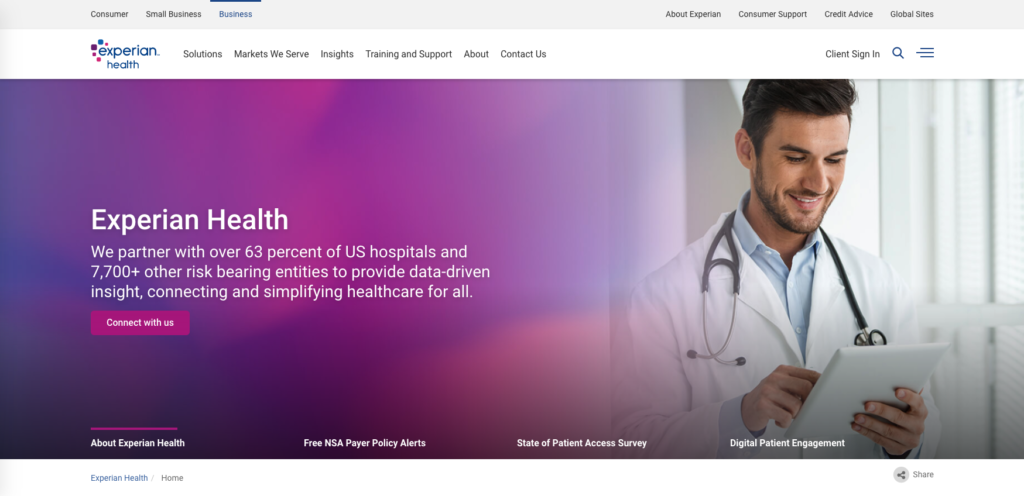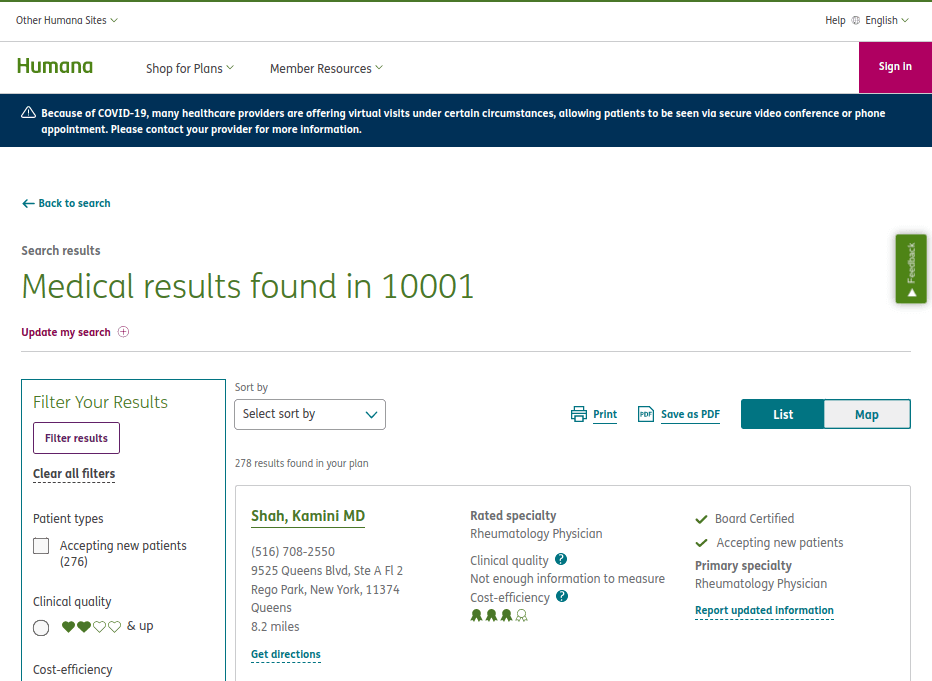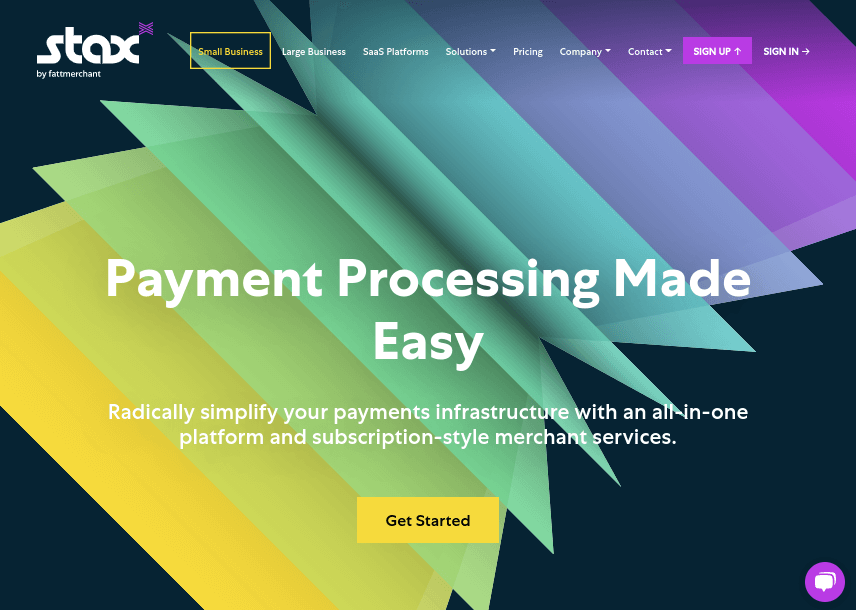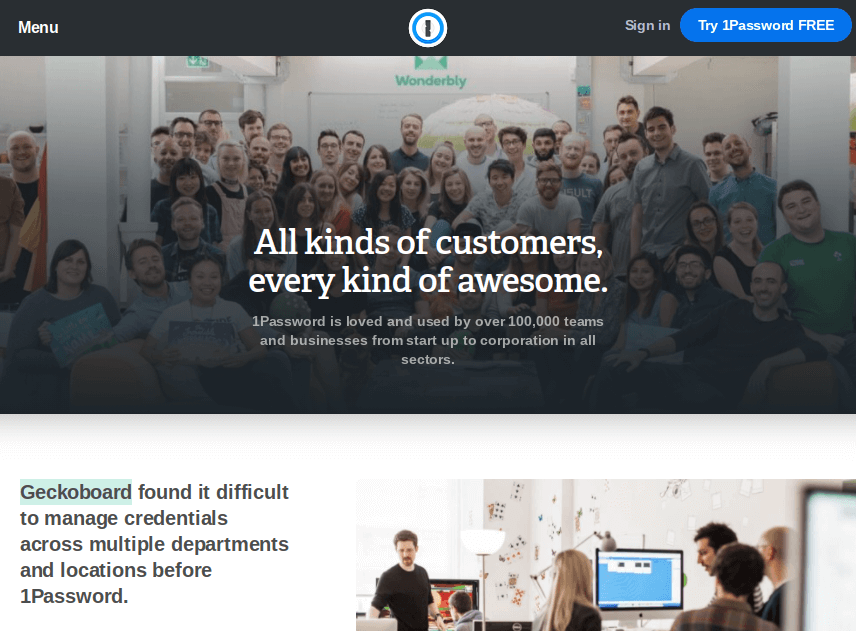Digital healthcare systems have grown quite a bit over the last decade. Healthcare businesses and consumers alike got to see just how equipped these businesses are with these types of systems when the pandemic hit in 2020.
Implementing digital systems is no longer a luxury for healthcare practices. If you want to compete, you’re going to have to meet the needs of the new digital-first consumer.
We’ve analyzed a few reports on this subject and have come up with a list of the top things these types of consumers want from your business.
They’re organized into three categories below. Let’s get into ’em.
3 Things Digital-First Patient Want
According to Accenture’s Digital Health Consumer Survey for 2020, 39% of health consumers strongly agree a positive digital interaction has a major influence on the patient experience.
Even worse, 50% strongly agree a bad digital experience ruins their entire experience with a healthcare provider.
Furthermore, 62% of consumers would choose virtual for health and wellness advisories.
If the pandemic didn’t prove to you how essential a positive digital experience is for healthcare consumers, these stats surely should.
The only question that remains is which areas of digital healthcare marketing should you focus your time on?
After analyzing the top medical surveys on digital healthcare from trusted sources, we’ve identified a trend of three things consumers want in regards to this new form of healthcare:
- Digital communication
- Convenience
- Privacy and data security
Let’s start at the top and work our way down this list.
1. Digital Communication
Wants:
- Schedule appointments online.
- Conduct appointments that don’t require physical examinations via voice or video calls.
- Receive appointment reminders/updates, feedback, and notifications for follow-ups via email or text message.
These are key areas of medicine many businesses often overlook in terms of digital healthcare.
Consider the journey new patients take with your facility:
- Stage 1: A potential patient discovers your facility.
- Stage 2: They find a provider.
- Stage 3: They book an appointment.
- Stage 4: The waiting period between appointment confirmation and the day of the appointment.
- Stage 5: The appointment takes place.
- Stage 6: Patient is billed or a payment plan is set up.
- Stage 7: Patient pays or makes a payment on a medical bill.
- Stage 8: Your facility’s provider relays results for tests that could not be completed during the appointment.
- Stage 9: The process repeats with a follow-up appointment, if necessary.
You have the potential to lose patients at any point during this journey for a variety of different reasons.
It’s becoming quite clear that poorly-operated digital systems will have a higher likelihood of turning patients away in the future.
Fortunately, there are solutions you can implement to satisfy these wants and bring more virtual services to the patient journey.
Solutions for Digital Communication
For starters, you can allow patients to schedule appointments online. According to a report published by Kyruus, over 40% of consumers prefer to book medical appointments online.
To be clear, we mean allowing the patient to fill a slot in your appointment calendar from your website or mobile app.
We are not referring to contact forms in which customers can request appointments. These are not intuitive and will only deter new patients.
Instead, you should integrate your website with a dedicated patient scheduling software developed by your IT staff or a reputable, third-party software company.
Suitable software includes Vagaro, SimplePractice, Experian Health, and SimplyBook.

(Source: Experian Health)
Implementing video chats is also easier than ever with many video conferencing apps being HIPAA-compliant these days. A few of the most popular include Zoom, RingCentral, GoTo, and SimplePractice (again).
This is great as Accenture’s report found that although 54% of consumers are open to receiving virtual healthcare, they’re also willing to receive it from less reputable sources: Google and Microsoft (27%); Best Buy, Walmart, and Amazon (25%); tech startups (21%).
Lastly, according to EY’s US NextWave Health Survey of 2019, 54% want to communicate digitally while 55% would prefer to give feedback via email (NRC Health).

Many of the scheduling apps listed above include automated appointment reminders for email, text, and web push notifications.
You should also incorporate email marketing, email communication, and text messages into your direct lines of communication with patients.
These solutions meet patient expectations for Stages 3, 4, 5, and 8 of the patient journey as far as digital healthcare goes.
2. Convenience
Wants:
- Easier way to find providers.
- Smoother experience in scheduling appointments online.
- Pay medical bills online.
- View your facility’s payment and billing information on your website.
These ‘Wants’ incorporate the patient experience away from your facility. This is where digital health systems thrive when it comes to making these processes more convenient for the consumer.
You could also throw holding appointments via video chat and sending reminders through digital lines of communication into the mix.
However, we’re going to focus on the four wants listed above for now.
And in case you’re wondering just how important convenience is to healthcare consumers, over 80% reported they’d switch providers for convenience factors alone, according to NRC Health’s report.
Solutions for Convenience
The most effective way to make finding providers easier for visitors is by improving the find-a-provider function on your website.
A simple way to do this is to allow visitors to search by more than provider name and area of medicine.
According to Kyruus’ report, 75% of the top hospitals assessed provide the option to use clinical and lay terms in their find-a-provider search functions.
You should also incorporate autosuggest and global search in this search function.
Coveo is a powerful option if implementing more powerful search functions on your site means switching search systems. Some of its top customers include Humana, UnitedHealth Group, and Manulife.

(Souce: Humana)
It includes smart search and recommendations to encourage self-service in finding providers and information on personal care and general health.
It also has an intelligent chatbot, which is great as 75% of consumers found chatbots and virtual assistants helpful in finding new providers, according to Kyruus.
Make sure your search function enables visitors to filter results by appointment availability, location (if you have more than one), whether or not virtual care is available, and rich provider information.
Rich provider information includes ratings, expertise, and accepted insurance plans.
Switching to a smoother scheduling experience, 55% of the top health systems include prominent calls to action on their websites for tap-to-call and online scheduling options, according to Kyruus.
Your own website should provide prominent calls to action across your site on relevant pages as well as your find-a-provider function. Your mobile app should also allow new patients to schedule appointments without creating accounts.
As for giving patients the option to pay online, consider switching to a payment processor that supports multiple forms of payments (online invoicing, point-of-sale, etc.).
HIPAA-compliant payment processors include Stax by Fattmerchant, Square, Payment Depot and PaymentCloud. Square even offers appointment scheduling.

(Source: Stax)
Making your payment and billing information as accessible as possible is also an easy fix. All you need to do is create a dedicated page for these details, then insert links to them in your main navigation menu as well as your footer.
39% of consumers under the age of 35 want easier access to this information, according to NRC Health, so it’s an easy way to meet consumer expectations.
3. Privacy and Data Security
Wants:
- Secure medical records and personal information.
- Secure digital healthcare tools.
According to Accenture, 89% of healthcare consumers trusted their doctor “very much” or “some” to keep their digital healthcare information secure in 2019. That number dropped to 83% in 2020.
Still, consumers trust the healthcare industry more than others with only 45 and 38% trusting tech companies and the government respectively.
Let’s talk about a few ways you can meet the digital-first healthcare consumer’s expectations for data security.
Solutions for Privacy and Data Security
Conducting multiple security risk assessments per year is an effective way to detect security flaws before they have time to cause real damage. HIPAA already requires entities to conduct annual assessments, but a lot can happen during the year between assessments.
It’s best if you hire an in-house IT team rather than relying on third parties. An in-house team can familiarize themselves with your facility’s systems much more efficiently. They can also act proactively instead of reactively since your facility is the only system they need to worry about.

Encryption, firewalls, and antivirus software are your first lines of defense when it comes to data security. Your IT team should be equipped to handle encryption as it’s another security rule enforced by HIPAA.
Even so, security software company Tessian published a report that found that 85% of security breaches were caused by human error.
No amount of encryption can account for employees using insecure passwords, leaving computers unlocked, or engaging in forbidden or illegal activities.
To counteract these errors, make everyone who should have access to medical records authenticated users. These users should create secure passwords that do not contain plain words but do contain numbers, symbols, and more than eight characters.
Do not require employees to change their passwords frequently. This only encourages the use of less-secure passwords that are easier to remember and, in turn, easier to crack.
Advise employees to not write their passwords down but to use trusted password managers instead. 1Password has experience working with enterprise-sized companies.

(Source: 1Password)
You should also consider using multi-factor authentication and training employees to lock computers when not in use.
Other effective security measures include storing backups of patient data offsite, setting up roles and role-based permissions in your administration, using a VPN, and never storing data on user devices.
Final Thoughts
So, we’ve outlined what the new digital-first healthcare consumer expects from your business. Now, what should you optimize first?
This is easier to figure out than you’d think.
Consider the journeys new and existing patients take before, during, and after their appointments at your facility.
Analyze each step in this journey, and determine areas in which digital systems would make things easier for the consumer.
Remember, digital healthcare is here to stay. The time to act is now!









